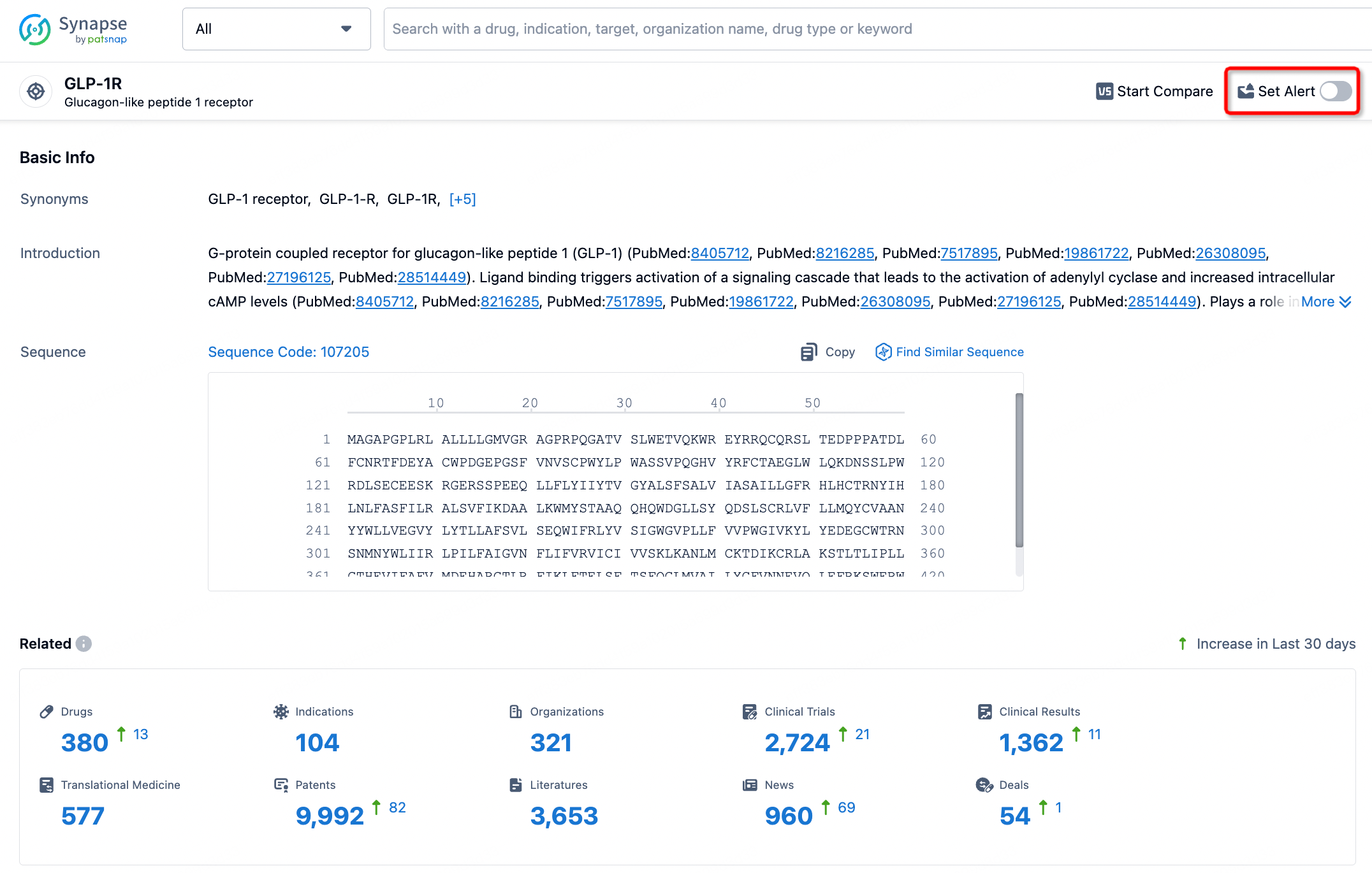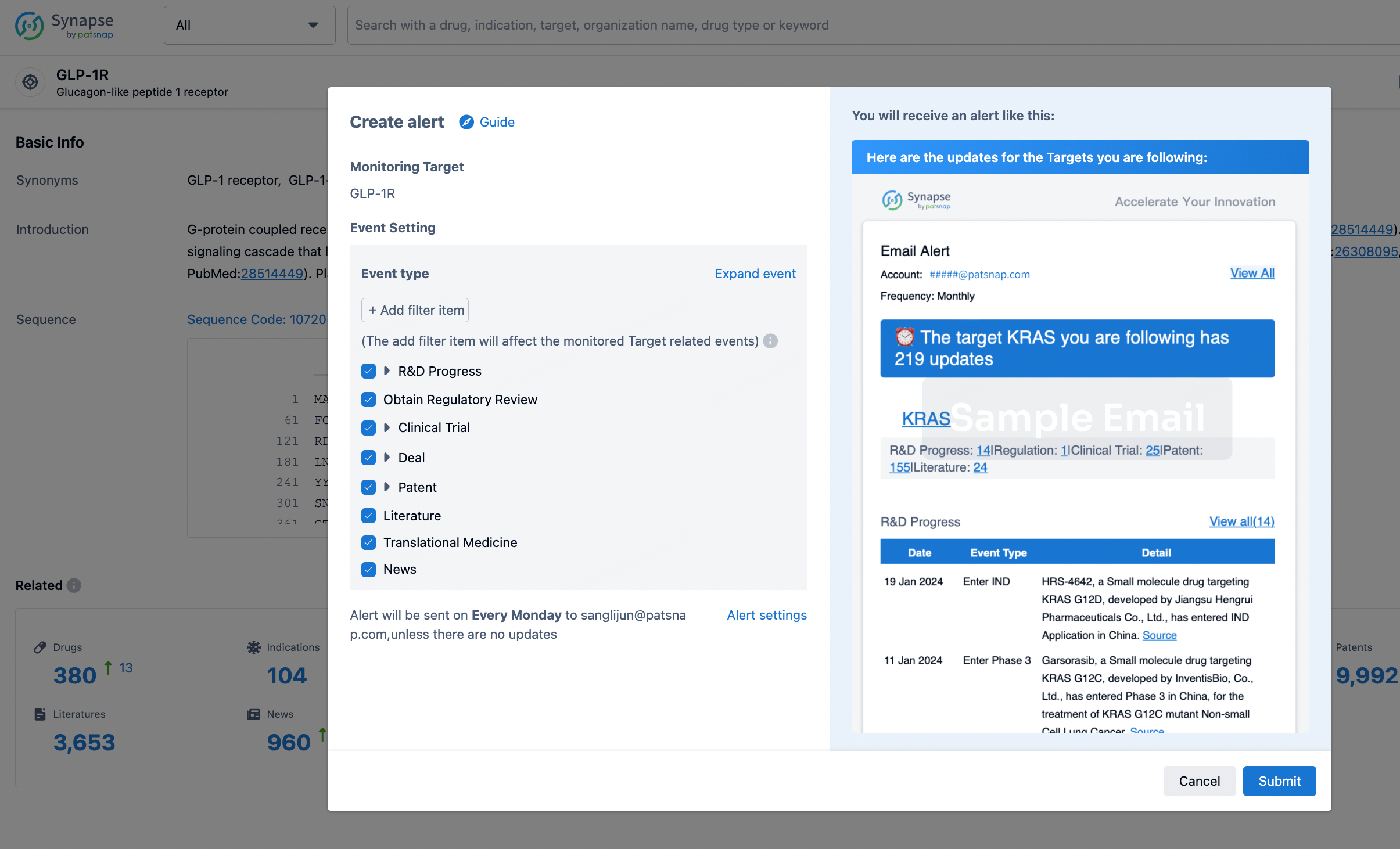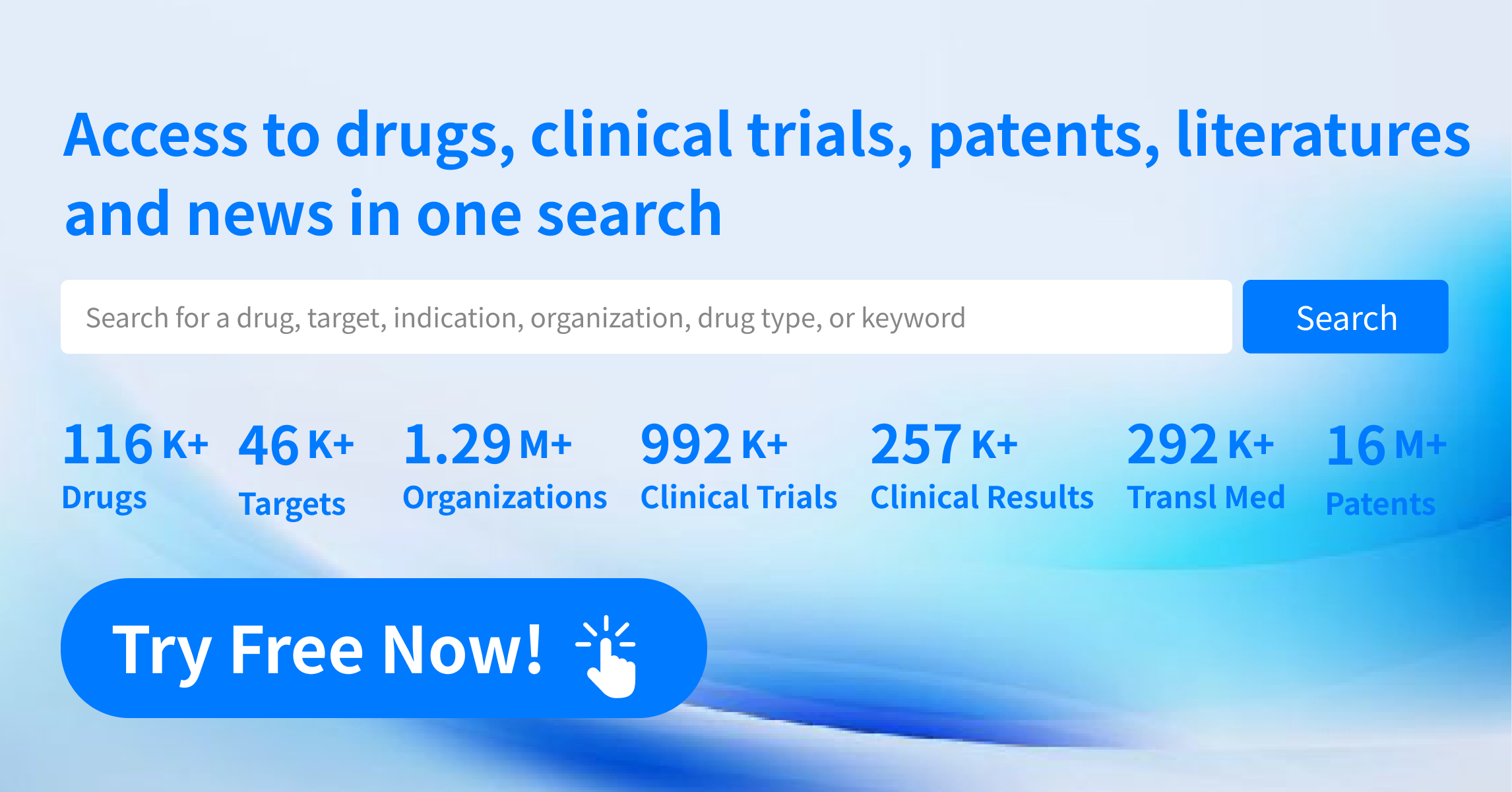Request Demo
What are GHRH agonists and how do they work?
21 June 2024
GHRH agonists, or Growth Hormone-Releasing Hormone agonists, represent a groundbreaking class of compounds in the field of endocrinology and therapeutic medicine. These agents mimic the action of the natural hormone GHRH, which plays a crucial role in stimulating the secretion of growth hormone (GH) from the pituitary gland. Understanding the mechanism of GHRH agonists, along with their applications in medical science, can shed light on their potential to address various health conditions.
GHRH, a peptide hormone secreted by the hypothalamus, binds to specific receptors on the pituitary gland to stimulate the release of GH. GH, in turn, influences growth, metabolism, and overall body composition. GHRH agonists are synthesized to act similarly to endogenous GHRH, thereby enhancing GH secretion in situations where it may be deficient or suboptimal.
GHRH agonists interact with GHRH receptors located on the surface of somatotroph cells in the anterior pituitary gland. When these agonists bind to the receptors, they activate the adenylate cyclase-cAMP pathway. This activation leads to increased intracellular cyclic AMP (cAMP) levels, which then stimulate the release of calcium ions. The influx of calcium ions ultimately triggers the exocytosis of GH-containing vesicles, leading to the release of GH into the bloodstream.
The increased levels of GH subsequently promote the production of insulin-like growth factor 1 (IGF-1) in the liver and other tissues. IGF-1 is a critical mediator of GH's effects, driving cellular growth, differentiation, and metabolic processes. By enhancing the GH-IGF-1 axis, GHRH agonists can exert significant anabolic and metabolic benefits.
GHRH agonists have found applications in several medical conditions, primarily those associated with GH deficiency or dysregulation. One of the most prominent uses of GHRH agonists is in the treatment of growth hormone deficiency (GHD) in both children and adults. In children, GHD can lead to short stature and delayed physical development, while in adults, it can result in decreased muscle mass, increased body fat, and impaired quality of life. By stimulating endogenous GH production, GHRH agonists can help normalize growth and metabolic functions in affected individuals.
Moreover, GHRH agonists have shown potential in addressing conditions related to aging and muscle wasting. As individuals age, GH levels naturally decline, contributing to sarcopenia (age-related muscle loss) and other metabolic disturbances. GHRH agonists can counteract these effects by boosting GH levels, thereby preserving muscle mass, strength, and metabolic health in older adults.
In addition to their role in managing GH deficiency and age-related conditions, GHRH agonists are being explored for their potential benefits in various other medical scenarios. Emerging research suggests that these compounds may have therapeutic value in patients with chronic kidney disease (CKD), as GH has been shown to improve muscle protein synthesis and reduce muscle wasting in CKD patients. Furthermore, GHRH agonists are being investigated for their potential to enhance the recovery of patients undergoing major surgeries or suffering from severe burns, as increased GH levels can accelerate wound healing and tissue repair.
Another exciting area of research involves the use of GHRH agonists in oncology. Some studies have indicated that certain types of cancer cells possess GHRH receptors, making them susceptible to the effects of GHRH agonists. By targeting these receptors, GHRH agonists could potentially inhibit tumor growth and proliferation. However, more extensive research is needed to fully understand the mechanisms and clinical implications of GHRH agonists in cancer treatment.
In conclusion, GHRH agonists represent a promising avenue in therapeutic medicine, offering potential solutions for a range of conditions linked to GH deficiency and dysregulation. By harnessing the power of the GH-IGF-1 axis, these compounds can improve growth, metabolism, and overall health. As research continues to uncover new applications and refine their use, GHRH agonists may become integral tools in the management of various medical conditions, paving the way for healthier and more fulfilling lives.
GHRH, a peptide hormone secreted by the hypothalamus, binds to specific receptors on the pituitary gland to stimulate the release of GH. GH, in turn, influences growth, metabolism, and overall body composition. GHRH agonists are synthesized to act similarly to endogenous GHRH, thereby enhancing GH secretion in situations where it may be deficient or suboptimal.
GHRH agonists interact with GHRH receptors located on the surface of somatotroph cells in the anterior pituitary gland. When these agonists bind to the receptors, they activate the adenylate cyclase-cAMP pathway. This activation leads to increased intracellular cyclic AMP (cAMP) levels, which then stimulate the release of calcium ions. The influx of calcium ions ultimately triggers the exocytosis of GH-containing vesicles, leading to the release of GH into the bloodstream.
The increased levels of GH subsequently promote the production of insulin-like growth factor 1 (IGF-1) in the liver and other tissues. IGF-1 is a critical mediator of GH's effects, driving cellular growth, differentiation, and metabolic processes. By enhancing the GH-IGF-1 axis, GHRH agonists can exert significant anabolic and metabolic benefits.
GHRH agonists have found applications in several medical conditions, primarily those associated with GH deficiency or dysregulation. One of the most prominent uses of GHRH agonists is in the treatment of growth hormone deficiency (GHD) in both children and adults. In children, GHD can lead to short stature and delayed physical development, while in adults, it can result in decreased muscle mass, increased body fat, and impaired quality of life. By stimulating endogenous GH production, GHRH agonists can help normalize growth and metabolic functions in affected individuals.
Moreover, GHRH agonists have shown potential in addressing conditions related to aging and muscle wasting. As individuals age, GH levels naturally decline, contributing to sarcopenia (age-related muscle loss) and other metabolic disturbances. GHRH agonists can counteract these effects by boosting GH levels, thereby preserving muscle mass, strength, and metabolic health in older adults.
In addition to their role in managing GH deficiency and age-related conditions, GHRH agonists are being explored for their potential benefits in various other medical scenarios. Emerging research suggests that these compounds may have therapeutic value in patients with chronic kidney disease (CKD), as GH has been shown to improve muscle protein synthesis and reduce muscle wasting in CKD patients. Furthermore, GHRH agonists are being investigated for their potential to enhance the recovery of patients undergoing major surgeries or suffering from severe burns, as increased GH levels can accelerate wound healing and tissue repair.
Another exciting area of research involves the use of GHRH agonists in oncology. Some studies have indicated that certain types of cancer cells possess GHRH receptors, making them susceptible to the effects of GHRH agonists. By targeting these receptors, GHRH agonists could potentially inhibit tumor growth and proliferation. However, more extensive research is needed to fully understand the mechanisms and clinical implications of GHRH agonists in cancer treatment.
In conclusion, GHRH agonists represent a promising avenue in therapeutic medicine, offering potential solutions for a range of conditions linked to GH deficiency and dysregulation. By harnessing the power of the GH-IGF-1 axis, these compounds can improve growth, metabolism, and overall health. As research continues to uncover new applications and refine their use, GHRH agonists may become integral tools in the management of various medical conditions, paving the way for healthier and more fulfilling lives.
How to obtain the latest development progress of all targets?
In the Synapse database, you can stay updated on the latest research and development advances of all targets. This service is accessible anytime and anywhere, with updates available daily or weekly. Use the "Set Alert" function to stay informed. Click on the image below to embark on a brand new journey of drug discovery!
AI Agents Built for Biopharma Breakthroughs
Accelerate discovery. Empower decisions. Transform outcomes.
Get started for free today!
Accelerate Strategic R&D decision making with Synapse, PatSnap’s AI-powered Connected Innovation Intelligence Platform Built for Life Sciences Professionals.
Start your data trial now!
Synapse data is also accessible to external entities via APIs or data packages. Empower better decisions with the latest in pharmaceutical intelligence.


